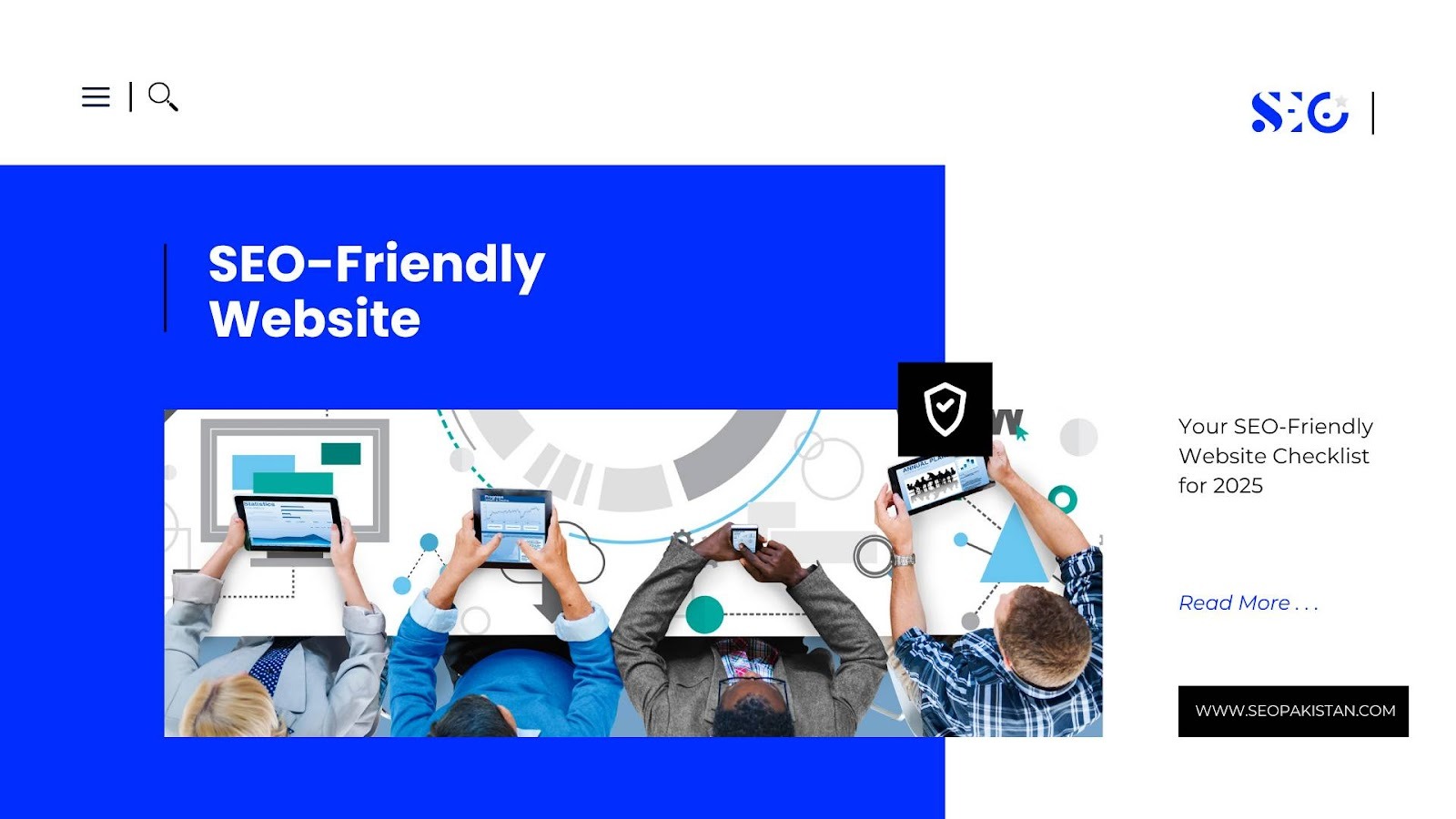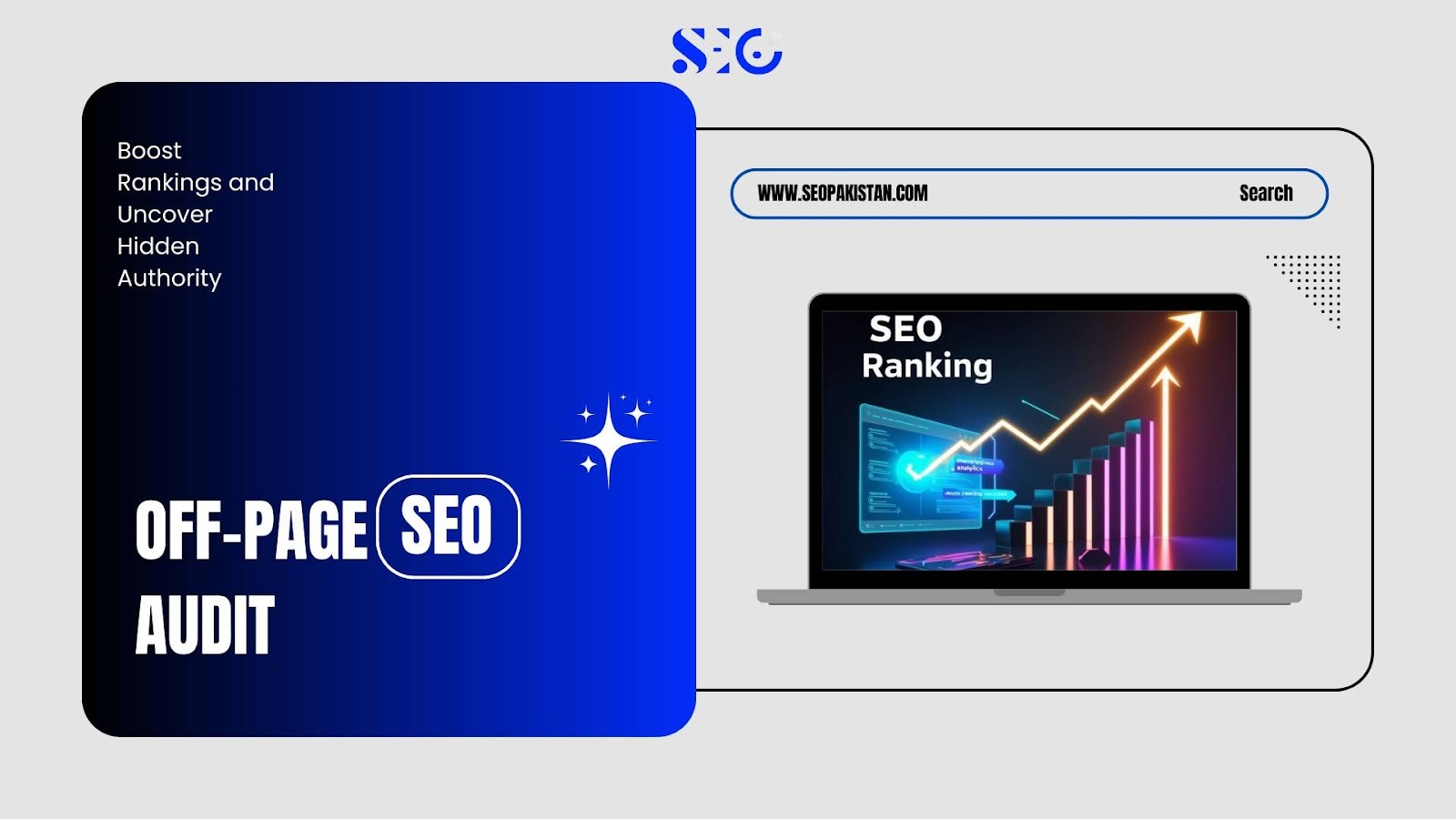Many websites hold a wealth of untapped opportunities. Hidden within your existing content library are pages that could rank higher, drive more traffic, and convert better, if only you knew which ones to focus on.
An SEO content audit reveals these opportunities. It’s a systematic process that transforms scattered content into a strategic asset. While many website owners create new content endlessly, the smartest marketers first optimize what they already have.
This step-by-step guide takes you through the ultimate SEO content audit, revealing how to uncover your top-performing content, spot hidden opportunities for growth, and craft an action plan that drives real, measurable results.
No matter if you are running a small business blog or managing a massive enterprise site, these powerful strategies will transform how you approach SEO. Curious about what you might be missing?
What is an SEO Content Audit?
An SEO content audit is a systematic review of all content on a website to evaluate its performance and identify opportunities for improvement. Think of it as a comprehensive health check for your website’s content ecosystem.
This process entails evaluating each piece of content with a focus on search engine optimization. You’ll examine traffic patterns, keyword rankings, user engagement metrics, and technical factors that influence search visibility.
The goal isn’t just to find problems, it’s to uncover actionable insights that drive meaningful improvements.
Unlike a simple content inventory, an SEO content audit connects performance data with strategic decisions. It reveals which pages deserve more attention, which ones should be consolidated, and which ones might be holding back your overall site authority.
Why is it Important?
An SEO content audit serves as a necessary health check-up for your website’s content strategy. Without conducting regular audits, you risk navigating the competitive world of search rankings without clear direction.
- Core benefits go beyond performance improvements, including measurable increases in search engine rankings by optimizing underperforming pages with solid foundations.
- Organic traffic growth becomes predictable by focusing on content with proven potential instead of starting from scratch.
- Content audits reveal critical gaps in your strategy, such as:
- Keyword opportunities competitors are missing.
- Topics your audience wants but aren’t adequately covered.
- Ensures every piece of content contributes to business goals, avoiding digital clutter that confuses search engines and users.
The Pre-Audit Strategy: Why You’re Doing This
Before you touch any data, you need to define your purpose. An authentic SEO content audit is not just about finding problems; it’s about finding opportunities. Your audit strategy should be based on a clear business goal.
Define Your Primary Goal:
- Success looks different for every website. Do you want to increase overall organic traffic by 30% in six months? Perhaps you’re focused on improving rankings for a specific keyword cluster that drives qualified leads.
- Maybe your priority is cleaning up outdated content to boost your site’s overall authority and trustworthiness.
- Your primary goal shapes every decision in the audit process. A traffic-focused audit emphasizes different metrics than one aimed at improving conversion rates or brand authority.
Choose Your Scope:
- You don’t always need to audit your entire website. Strategic scope selection saves time while delivering maximum impact.
- Consider focusing on all blog posts if that’s your primary traffic driver, or examine only product pages if you’re an e-commerce site.
- Time-based scoping works well, too. You might audit only content created before a certain date, especially if you’ve recently changed your content strategy.
- Some businesses benefit from category-specific audits, examining just their most important topic clusters first.
The Data Collection Phase
This is the most critical and time-consuming step. You’ll create a master spreadsheet that serves as your central nervous system for the entire audit.
The foundation of any successful SEO content audit lies in comprehensive data collection. Without accurate, complete information, your analysis and decisions will be built on shaky ground.
This phase requires patience and attention to detail, but the insights you gain will drive every subsequent action.
The Process:
Crawl Your Site:
- Use a tool like Screaming Frog SEO Spider to get a complete list of every URL on your website. This is the most accurate way to start.
- Set your crawler to follow internal links and exclude external ones. The crawl will reveal pages you might have forgotten about and ensure you don’t miss any content in your analysis.
Export Data from Analytics:
- Pull performance metrics from Google Analytics,, focusing on organic traffic and bounce rate for each URL.
- Gather data from Google Search Console, such as average position, clicks, impressions, and relevant target keywords.
- This combination gives you both user behavior insights and search performance data.
Enrich with SEO Tool Data:
- Use a platform like Ahrefs or SE Ranking to find key SEO data for each URL, such as the number of referring domains and keyword rankings.
- This external data often reveals opportunities your own analytics might miss, especially for newer content that hasn’t reached its full potential.
The Content Evaluation: Analyzing Performance
With all your data in one spreadsheet, it’s time to analyze each piece of content. You’re looking for patterns and insights to decide what to do next.
Raw data becomes actionable intelligence when you know what to look for. Each metric tells part of the story, but the real insights emerge when you analyze them together. High-traffic pages with poor conversion rates need different treatment than low-traffic pages with strong engagement signals.
Your Content Audit Data Checklist
Understanding what each metric indicates helps you make informed decisions about every piece of content:
Organic Sessions from Google Analytics:
- This reveals how many users visit each page from search engines. Low session counts suggest either poor search visibility or content that doesn’t match user intent.
- However, don’t dismiss pages with low traffic if they serve important business functions or target highly specific, valuable keywords.
Average Position from Google Search Console:
Your page’s average ranking for its target keywords shows optimization potential. Positions 11-20 represent the biggest opportunities.
These pages are close to page one and often need only minor improvements to make significant ranking gains.
Backlinks from Ahrefs or SEMrush:
- The number of quality links pointing to each page indicates authority and trust signals. High-authority pages that aren’t performing well in search represent major optimization opportunities.
- These pages already have search engine trust; they just need better targeting or content improvements.
On-Page Score from Surfer SEO or Clearscope:
Content relevance to target keywords affects rankings significantly. Low scores typically indicate content that lacks topical depth or doesn’t adequately cover related subtopics that users expect to find.
Date Published/Updated from your CMS:
Content freshness impacts rankings, especially for topics where recency matters. Outdated content often needs updates to maintain relevance, while evergreen content might just need minor refreshes to signal ongoing maintenance to search engines.
The Decision & Action Plan
Now, you’ll apply a proven framework to each piece of content. For every URL, you will choose one of four actions: Keep, Keep & Update, Consolidate, or Delete.
Decision frameworks help you manage your content library by reducing uncertainty and offering a clear, consistent approach.
The Content Audit Decision Matrix
This systematic approach ensures you make the right decision for every piece of content:
Keep:
The content stays exactly as it is because it’s already performing optimally. Apply this when pages have high average positions (Top 3), drive consistent organic traffic, and contain current, accurate information. These pages prove your content strategy works, study them to understand what makes them successful.
Keep & Update:
The content gets refreshed and improved rather than replaced. Choose this option when pages have solid backlink profiles and average positions between 4-20. These pages need keyword optimization, more comprehensive outlines, or additional sections to address user questions you initially missed.
Consolidate:
Merge two or more similar articles into one comprehensive resource. This strategy works when multiple pages compete for identical keywords, diluting your search authority. Combine their best elements into a single, authoritative piece and redirect old URLs to preserve link equity.
Delete:
Remove content that provides no value to users or search engines. Apply this to pages with zero organic traffic, thin or outdated content, and no incoming links. Always set up 301 redirects to relevant existing pages to maintain site architecture and preserve any minimal link value.
The Execution & Measurement Phase
Execution separates successful audits from academic exercises. Your analysis is only valuable if you implement the recommended changes systematically and measure their impact over time.
Execute Your Plan:
- Start with high-impact, low-effort changes to build momentum. Update meta titles and descriptions first, then move to content improvements and consolidations.
- For pages requiring significant rewrites, prioritize those with existing authority signals like strong backlink profiles or historical traffic patterns.
- Track your progress in a project management tool to ensure nothing falls through the cracks.
Measure & Monitor:
- Focus on organic traffic growth, average position improvements, and click-through rates from search results. Most changes take 2-8 weeks to show measurable impact, so patience is essential.
- Set up automated reports in Google Analytics and Search Console to monitor your key pages weekly.
- This ongoing monitoring helps you identify successful strategies and spot any negative impacts quickly.
Maintain Your Progress:
- Schedule comprehensive SEO content audits annually, with smaller focused reviews every quarter.
- Content performance changes over time as search algorithms evolve and competitor landscapes shift.
- Regular maintenance ensures your content library remains a strategic asset rather than becoming a liability.
Conclusion
An effective SEO content audit turns disorganized content into a powerful strategic asset. The systematic approach outlined here helps you identify genuine opportunities hiding within your existing content library.
Remember that sustainable SEO success comes from consistent improvement rather than dramatic overhauls. By making content audits a regular part of your workflow, you ensure your website remains competitive and continues delivering measurable business results.
Your content audit journey doesn’t end with implementation. The insights gained from this process should inform your future content strategy, helping you create resources that perform well from the moment they’re published.
Visit SEO Pakistan now and let the experts help you achieve outstanding results!
Frequently Asked Questions
How often should I audit my content?
You should do a full content audit annually, with smaller, focused reviews every 3 to 6 months.
What tools are essential for an audit?
Essential tools include Google Analytics, Google Search Console, and a website crawler like Screaming Frog.
What should I do with old blog posts?
You should either update them to be more relevant, consolidate them into a stronger article, or delete them and set up a 301 redirect.
What is content consolidation?
This is the process of combining multiple similar articles into a single, comprehensive piece to avoid keyword cannibalization and create a more authoritative resource.
What’s the difference between an audit and an inventory?
An inventory is just a list of your content, while an audit involves a strategic analysis of that content’s performance and value.












